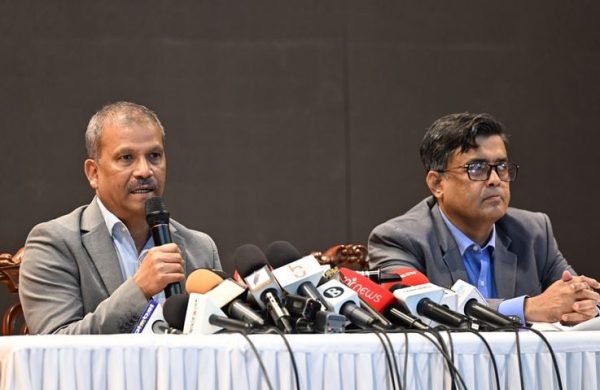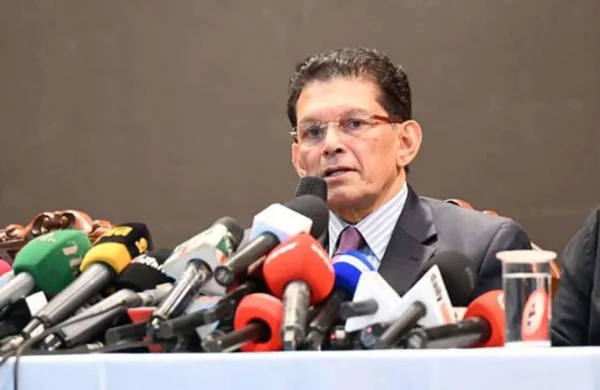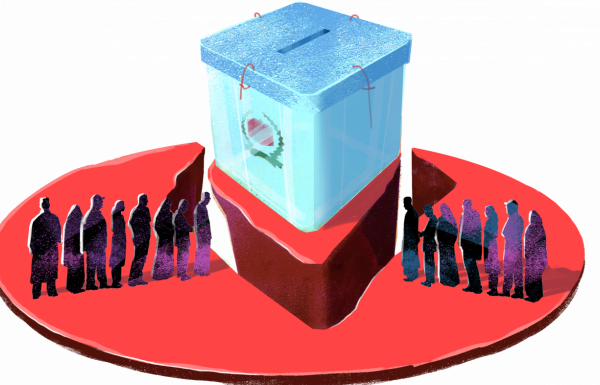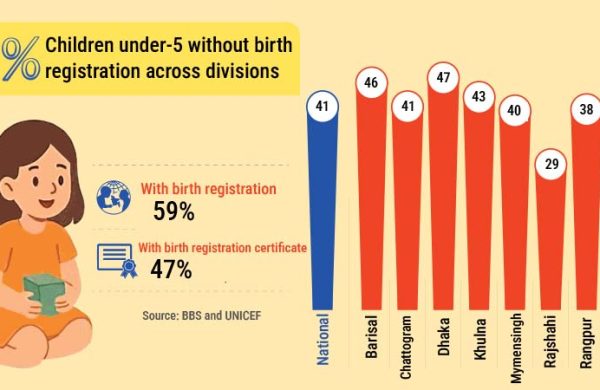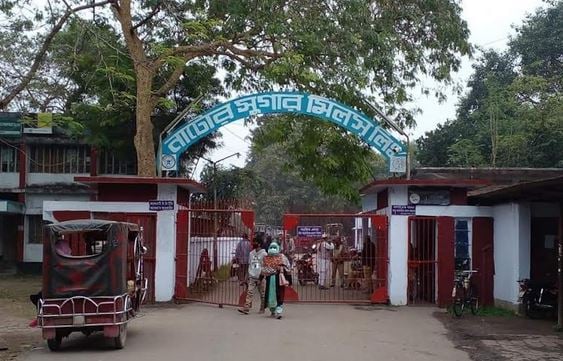HIV: Hidden epidemic creeping
- Update Time : Thursday, November 20, 2025
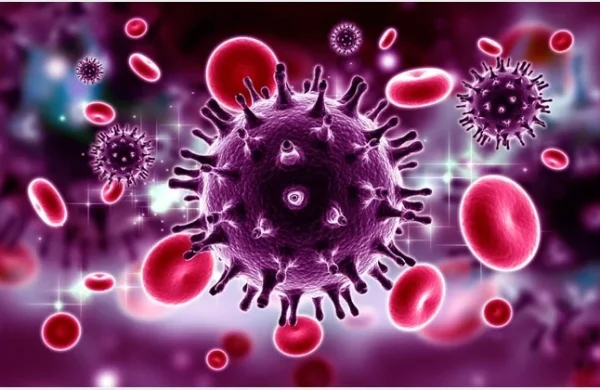
Staff Correspondent:
What began as a desperate attempt to escape a violent home life ended with infection from one of the world’s deadliest diseases—HIV/AIDS—for Zohir Alam (pseudonym), a 24-year-old student from Jashore.
Growing up, he witnessed his parents fighting almost every other day, leaving him emotionally overwhelmed. At 16, while in college, he began injecting drugs regularly—seeking brief relief that ultimately derailed his life.
“When I first used the needle with friends, I thought it was just a quick escape,” he said.
In early 2025, after months of fever, weight loss, swollen lymph nodes and recurring infections, he finally sought medical care. A test confirmed he was HIV-positive—likely infected years earlier through shared needles. His CD4 count was dangerously low, indicating advanced HIV.
Doctors immediately put him on antiretroviral therapy (ART), a lengthy process to stabilise an infected body. His condition remains frail.
Determined to rebuild his life, Alam has quit drugs and now strictly follows his medication. “I take my medicine every day. I just want to stay alive and warn others not to repeat my mistakes,” he said.
Alam’s experience is just one face of a much larger, hidden crisis. The HIV epidemic has spread beyond major cities, reaching areas once considered low-risk or HIV-free.
Bangladesh, long considered a low-prevalence HIV country, is now seeing a worrying shift as the number of infected people has risen sharply in recent years. Official data show the highest-ever HIV figures last year, with 1,438 new cases and 326 deaths—up from 1,276 cases and 266 deaths in 2023.
The announcement of Sirajganj district as a red zone for HIV cases last month indicates the deadly virus is creeping not only into the district but into surrounding areas as well.
The district ART centre reported 255 HIV-positive cases until October this year, with 26 deaths—a number significantly higher than in most other districts.
In Sirajganj, 73 percent of those infected are injecting drug users, including 29 students and four sex workers.
Dr Shimul Talukdar, focal person of the ART programme at Sirajganj General Hospital, said that patients from nearby districts are also seeking treatment there, indicating the infection is spreading beyond the district.
Like Sirajganj, Jashore is also facing a surge in HIV cases. The district’s 250-bed hospital reported 50 HIV-positive cases this year, with most patients being students aged 17 to 23. In 2024, only 12 of the 25 cases were students, with five deaths. This year, the number of infected students is rising alarmingly.
Among this year’s 50 new cases, 23 patients were reported to be homosexual—another growing cause of HIV infection among students in schools, colleges and madrashas.
“HIV infection is rising alarmingly among young people as many are increasingly curious about same-sex relationships, influenced in part by uncontrolled internet use. This trend is particularly visible among school, college and university students,” warned Dr Kaniz Fatema, Chief Coordinator of the hospital’s ART Centre.
Local physicians and experts believe the true number of HIV cases in Bangladesh is much higher than reported.
“The current numbers represent only the tip of the iceberg, as many HIV cases remain undiagnosed, allowing the virus to spread unnoticed,” Dr Shimul Talukdar told journalists.
He added that stigma prevents many from informing their families, putting spouses and relatives at risk of infection. “People don’t grasp the severity of AIDS and unknowingly spread the virus,” he regretted, adding, “Early detection can prevent this.”
A shortage of HIV testing facilities in the country is one reason infected people remain undetected. Another is the lack of awareness and indifference among infected individuals to go for screening, both knowingly and unknowingly.
To overcome this problem, testing centres should be available in every district, and routine screening is essential for detecting and treating infections early, pointed out Institute of Epidemiology, Disease Control and Research (IEDCR) Adviser Dr Mohammad Mushtuq Husain.
Rajshahi is an example of poor health services for HIV/AIDS patients. The Rajshahi Medical College (RMC) lacks testing facilities and offers no treatment for the disease, forcing patients to travel to Bogura for life-saving care.
In the first ten months of 2025, Rajshahi reported 28 new HIV cases, making it one of the highest-burden districts in the country. Of them, 17 were infected through homosexual contact, 10 were sex workers, and one contracted the virus via blood transfusion. One patient has died this year.
“A separate unit is being established for treating infected persons. Once it is done, patients can be treated here,” Hospital Director Brig Gen Shamim Ahmed said when asked about the absence of treatment facilities, despite rising case numbers.
To tackle this crisis, Dr Mushtuq Husain said authorities must urgently increase detection and treatment facilities across the country.
“Both patients and doctors sometimes feel embarrassed discussing HIV, STIs or gynaecological issues, which keeps the problem hidden,” he said, adding that this mentality must change.
The IEDCR adviser said awareness and discussion about HIV should reach students at all levels—schools, colleges and universities—as integrating these topics into education can strengthen understanding, prevention and public health.
Despite the alarming rise in HIV-positive cases, the health ministry has not taken any special initiative in this regard.
However, ministry officials claimed they were increasing testing facilities and public awareness to prevent further spread of the disease—efforts which, according to many experts, may be too limited to curb the crisis.
Dr Md Khairuzzaman, director of the National AIDS/STD Programme, said the rise in HIV cases has been gradual, driven mainly by expanded programme and increased screening. He noted that the higher numbers reflect better detection rather than a sudden spike.
“We are expanding our activities in several new districts, including Narayanganj and areas around Dinajpur. Mobile testing activities are ongoing for faster case detection,” he told journalists.
He acknowledged the ongoing shortage of HIV testing and treatment facilities, saying services are currently active in 23–25 districts, with plans to extend coverage as resources allow.
Addressing the constraints, he added, “It’s not possible to expand our facilities across the entire country at once. We’re trying our best and increasing our capacity day by day.”


